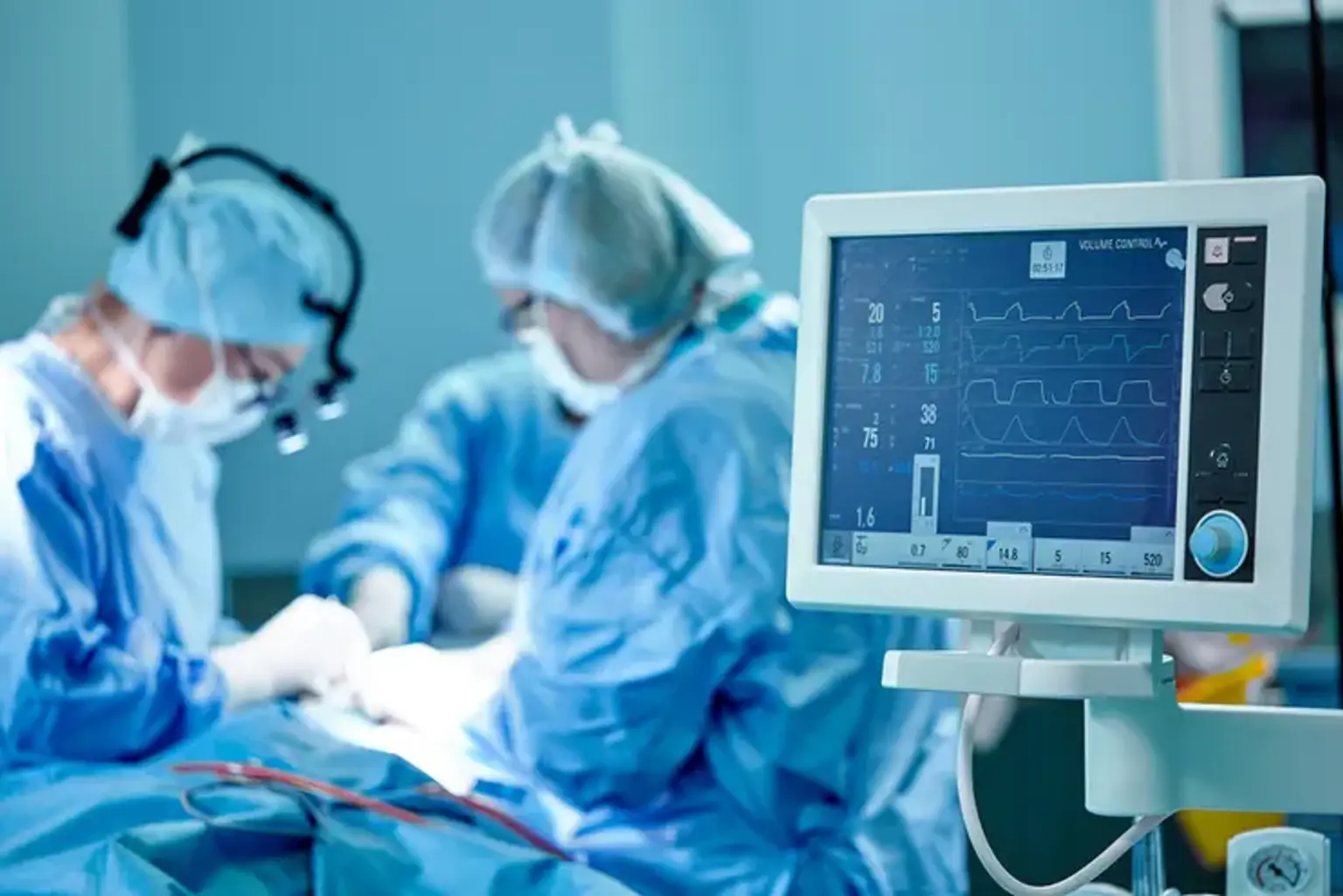Total Arterial Revascularization (TAR)
Overview
Few things in life are as important as heart health when it comes to living a healthy lifestyle and having the best quality of life achievable. In addition to a healthy diet and regular exercise, visiting a cardiology clinic is essential.
However, genetics and family history are important predictors of whether or not you may develop heart disease. As a result, despite your best efforts, you may still have cardiac problems. It is critical to understand the differences between various forms of cardiac care.
Because of its higher patency compared to saphenous vein grafts, arterial grafts are preferred for coronary artery bypass grafting surgery (CABG). However, in fact, the use of total arterial revascularization (TAR) falls behind these guidelines.
